
What if I were to tell you that Yamaha Motor Corp. USA was planning to reveal a brand-new 4-stroke WaveBlaster in time for 2023? Most of you would be pretty excited, right? And yes, it would be a true one-seater, lightweight, torquey little wave jumper that was easy to work on – y’know, exactly how you remember the old ones (1993-1996). You’d be pretty excited, right? Good. Now here’s the bad news: they’re not… officially. But that’s not to say they won’t. Here’s how we know:
Remember back mid-last year when the blokes at Yamaha WaveRunners Australia built a handful of one-off, customized Yamaha EX’s? No? Well, you should because they were bitchin’ and we did a story on their WaveBlaster-themed EX that you should read. The ‘Blaster-themed EX wasn’t more than a few cosmetic cues on a standard Azure Blue Metallic EX Deluxe (with RiDE), but it did get the conversation going with enthusiasts and Yamaha executives. And a discourse is what was needed.

“The idea behind the concept was to create a statement piece linking our historical past with the iconic 1993 WaveBlaster, with our all-new EX series,” explained Yamaha Motor Australia’s, Mark Harman. “Yamaha’s personal watercraft have seen incremental evolutions accommodating the demand for features, equipment, stability, versatility and storage. This subsequently meant that the watercraft have grown in size to accommodate the shift towards rider demand.
“For 2017, Yamaha has put the ‘personal’ back in ‘personal watercraft’ with the introduction of the EX series. This new rec-lite series of WaveRunners are fun, playful and exciting. The EX pays homage to where it all started and shares key characteristics of the WaveBlaster of the 1990’s, whilst maintaining the versatility of rider demand with capacity for three riders, tow-sports, generous on-board storage and four-stroke efficiency from the award-winning TR-1 Marine Engine.”
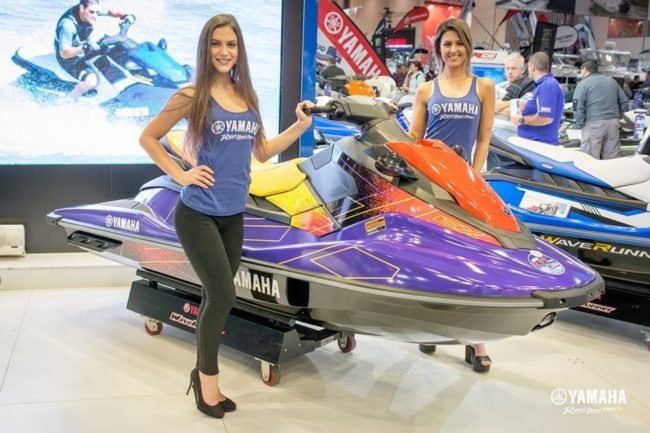
Voices were adamant that the current EX was too big to be faithful to the ‘Blaster, as its 599-pound dry weight dwarfed the OG ‘Blaster’s 320-poundage. Equally, the EX was longer (10’3″ vs. 8′), wider (3’7″ vs. 2’11”) and taller (3’9″ vs. 3’) than its predecessor. So how could it possibly compare? The argument that the EX’s current output of 102-horsepower from TR-1 EX was in equal measurement to the prior ‘Blaster’s paltry 63-horsepower from the 701cc two-stroke, but that didn’t assuage enthusiasts. Only a true 1-seater would suffice.
This lead us to bridging the question to Yamaha WaveRunner’s Product Manager, Scott Watkins during The Watercraft Journal’s exclusive tour of the YMMC (Yamaha Motor Manufacturing Corporation Of America) assembly plant. “We’ve talked about it, sure.” Watkins admitted. “But it’s gotta make sense for us to invest in building it.” Setting up the molds for a production run alone is literally a multi-million dollar endeavor, not to mention all that is required in development, testing, manufacturing and advertising.

Although unwilling to go “on record” with a hard number for minimum sales, other Yamaha employees have thrown around anywhere between 2,400-to-3,000 units annually for 3-to-5 years as a minimum investment in order to consider building any one unit. This figure is a contributing factor as to why we haven’t seen a 4-stroke SuperJet yet (although we know the prototype is near finalized and is slated for a 2020 release). Were a newly-minted ‘Blaster to materialize it wouldn’t be for 5 years or so.
Why so long? For a few reasons: Yamaha (as well as Sea-Doo for that matter) has a 7-8 year lifespan for all hull designs. The EX just appeared last year, and although beginning to reveal its laden potency (particularly when equipped with a RIVA Stage 1 kit, as we have tested before), the EX hull is not designed to have two feet of length cut from its center. Rather, it is very likely that a second-generation EX will be the guinea pig that permits for a full-sized, 3-seater and a reduced-length 1-seater. The 102-horsepower TR-1 EX will certainly remain as it is also slated for double-duty in the forthcoming 1-liter ’20 SuperJet.
And while it is all but guaranteed that any new ‘Blaster will overshadow its ancestor in nearly all imaginable dimensions and price (so don’t expect it to be identical to 1993), it will also be the only true one-seater in the marketplace – something which even Sea-Doo’s Spark has yet to offer (despite vociferous demand). Believe it or not, Yamaha wants to know if there’s the public demand that so many say that there is, so if you want Yamaha to build one, comment on this article below! Let them know.


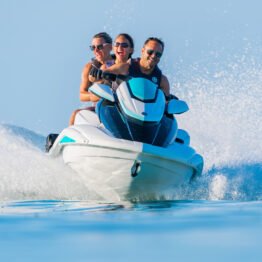

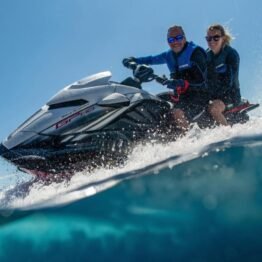
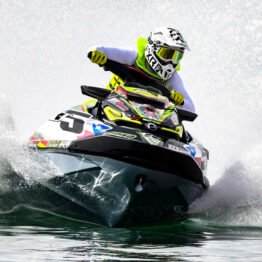
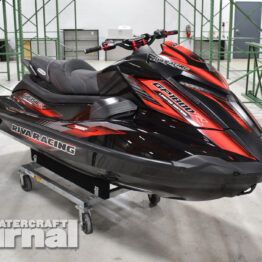
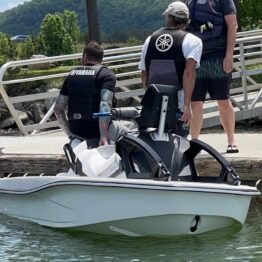


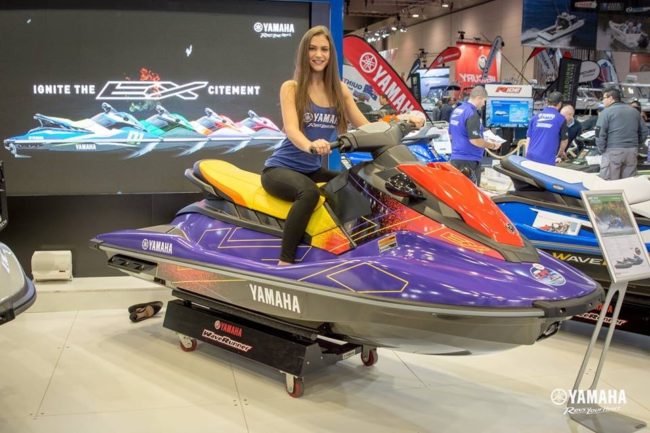


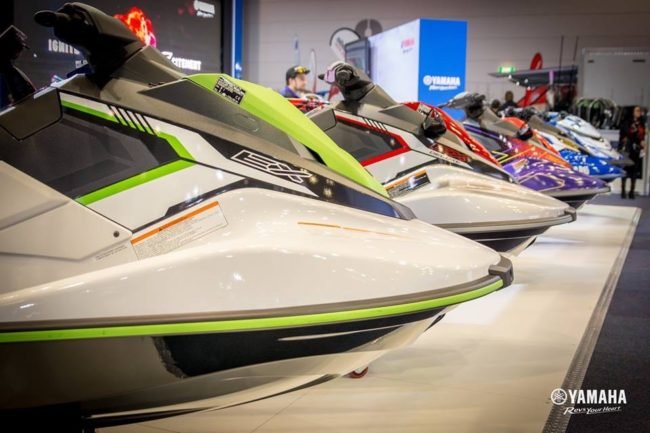

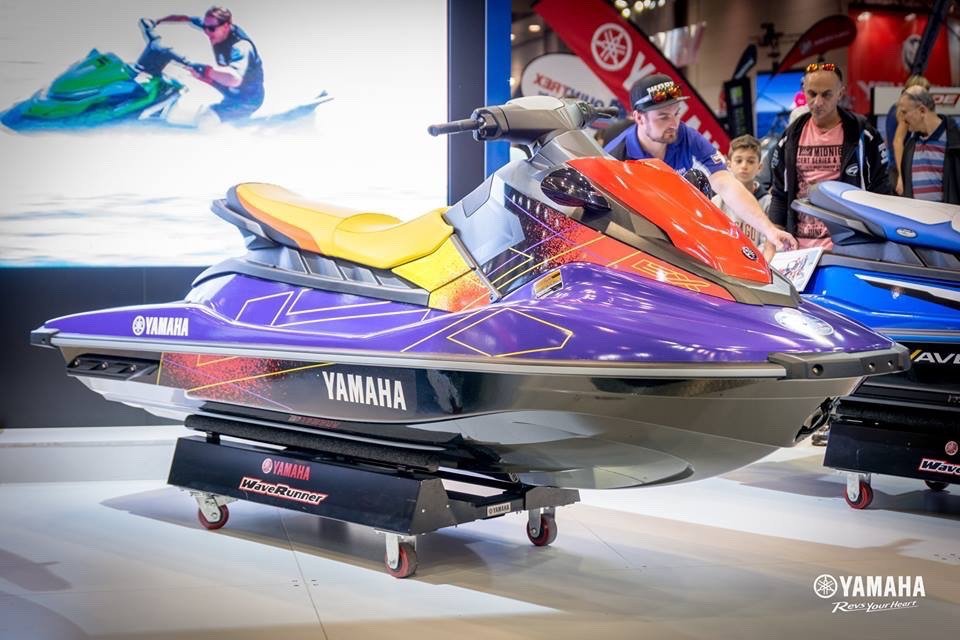

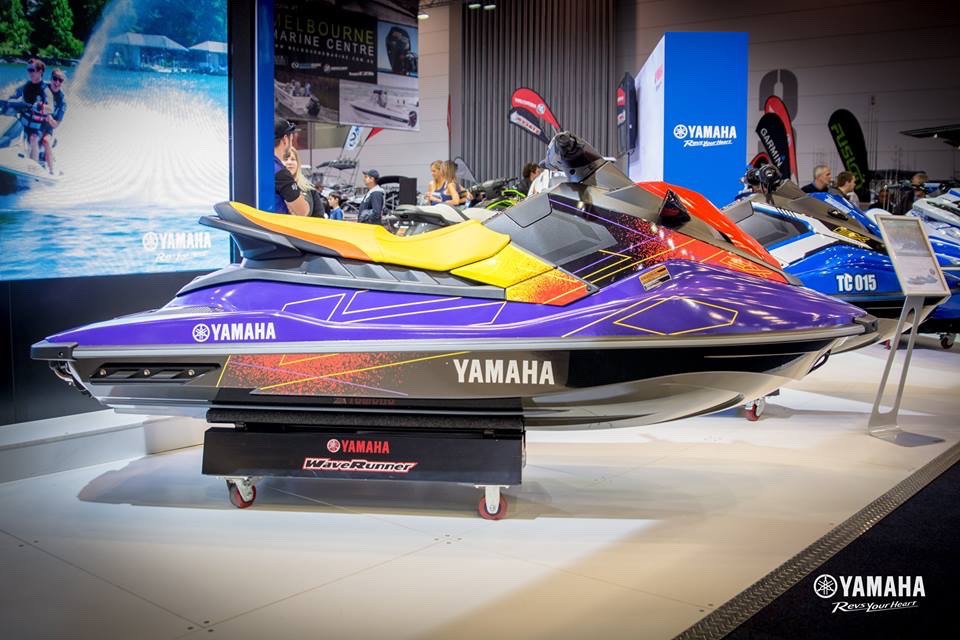
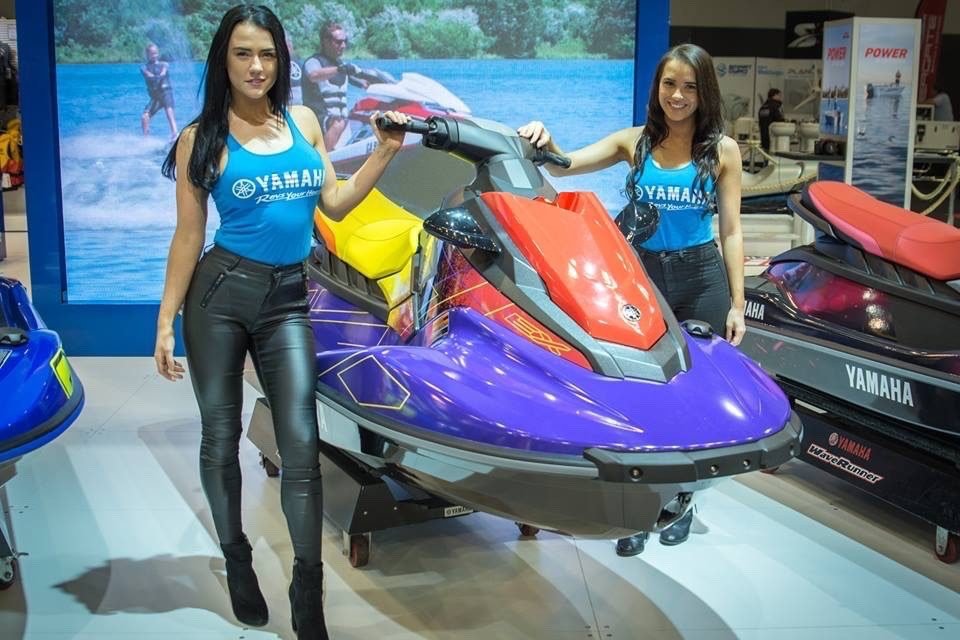
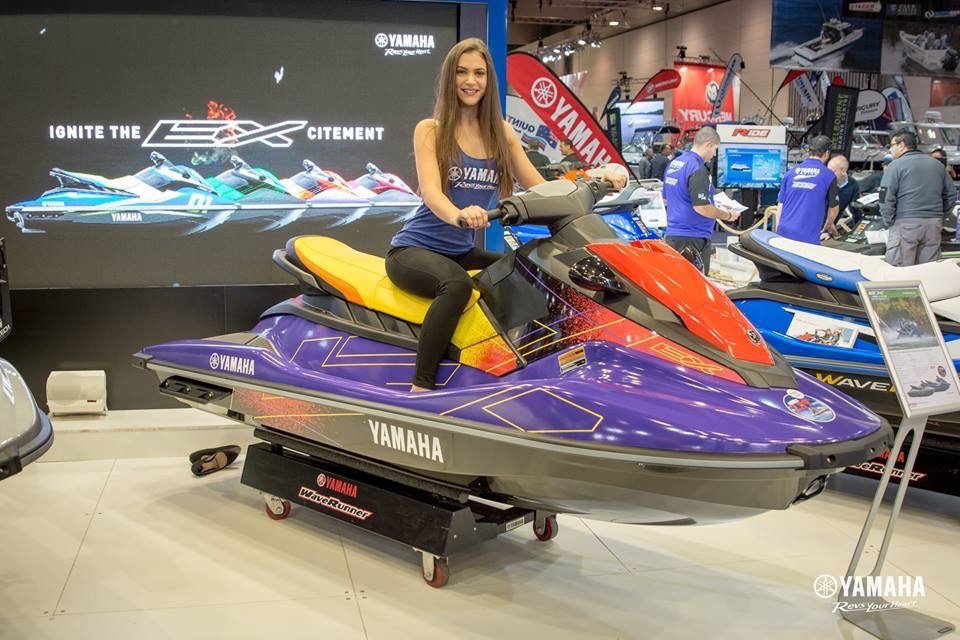


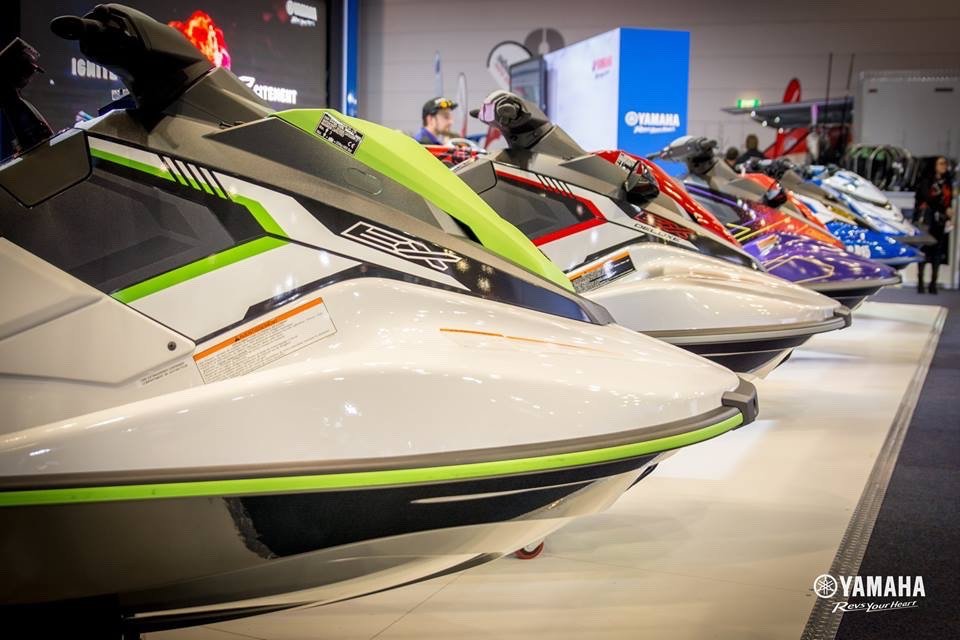
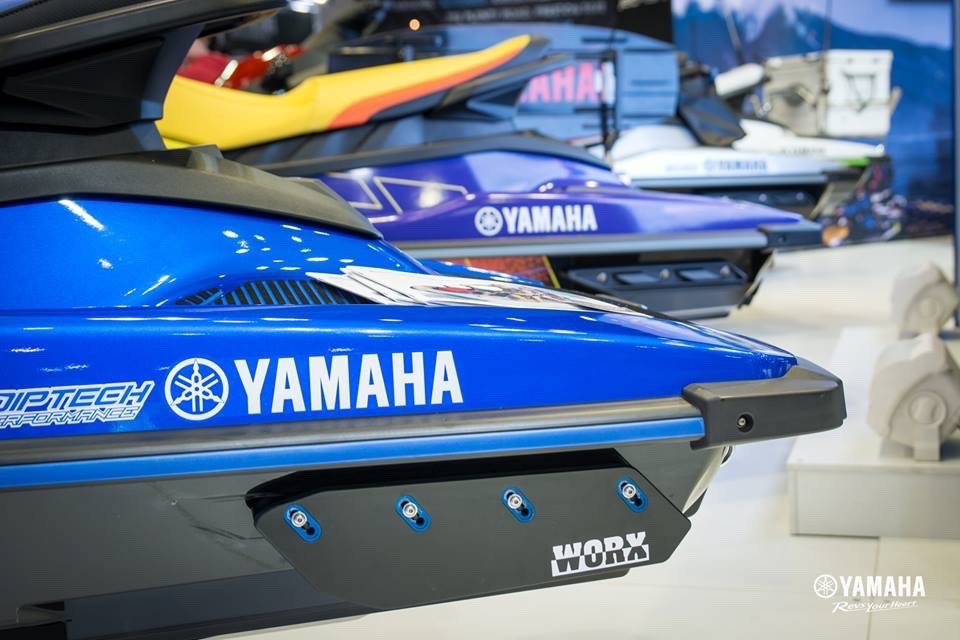
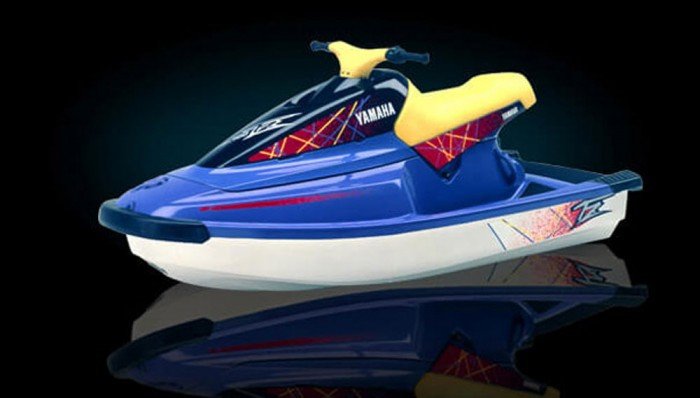
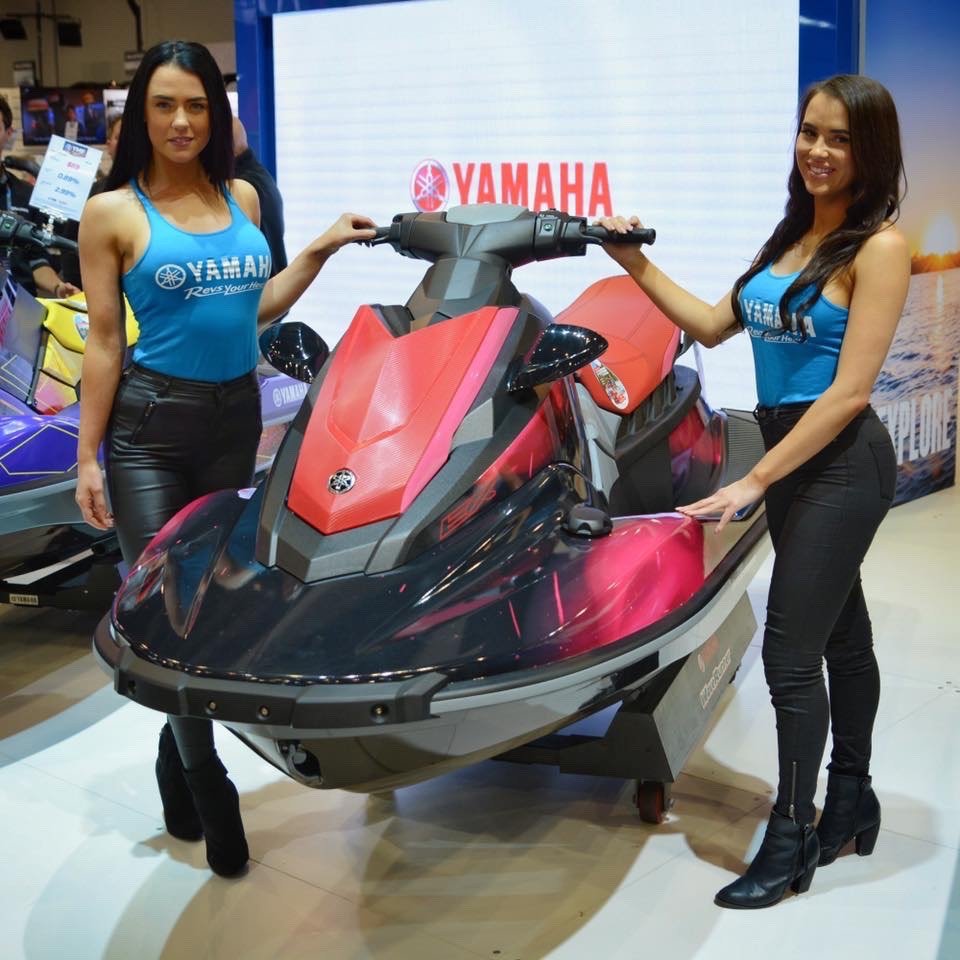
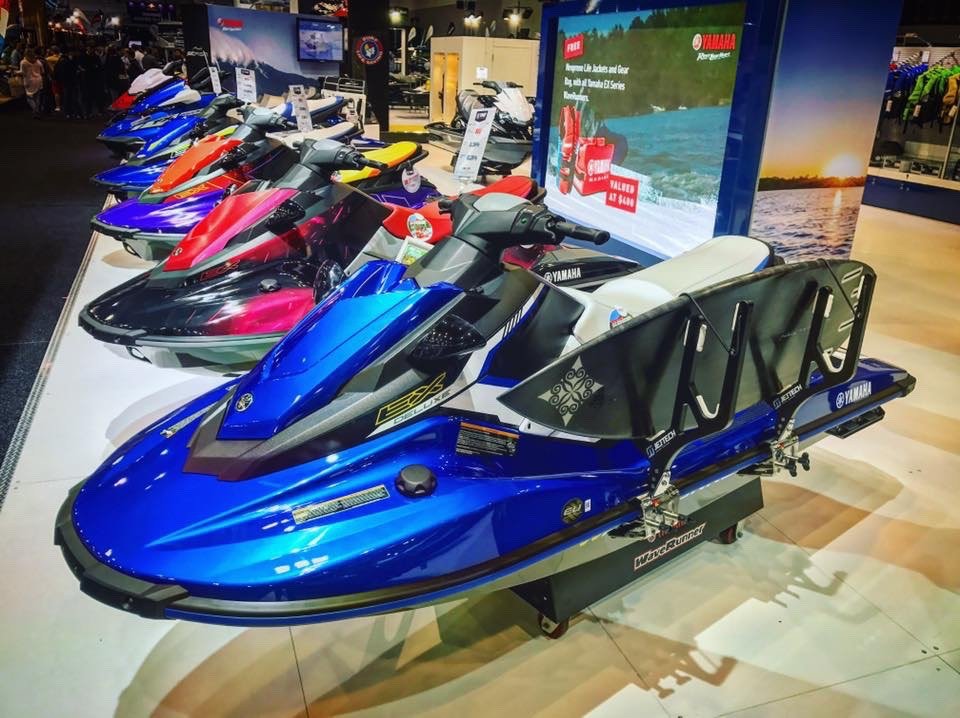


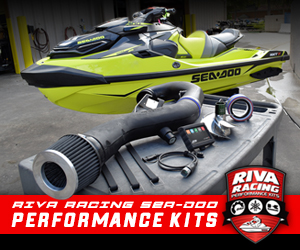

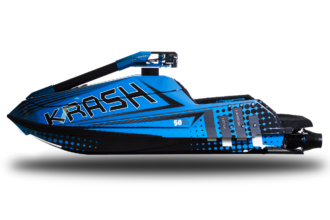


Where do I send a deposit? Even if they used the original WB1 mold I’d buy one.
I purchased an original Wave Blaster and loved it! It just needed a lot more power. Best wave jumping machine ever built by any manufacturer!
I would definitely purchase a new One seater 4 stroke Wave Blaster when available!
Pug Vickers
I’ll buy 2.
Yamaha reliability, one up fun. The time is now. With the smaller vehicles available now it would allow more families to participate. Also easier indoor storage for a smaller trailer.
Best idea I have heard in a long time! They would easily sell out considering how many aftermarket hulls are out their and all the people building the WB1.
Would buy one without hesitation! Do it Yamaha!
The original Waveblaster is still the most FUN to ride out of everything ever produced. I have 4 of them in my garage and have raced several classes of watercraft over 11 years of racing.
Scott and Kevin
all of us are interested that are enthusiasts !
Just look at all the sport classes in the racing classes throughout the United States and the world .
I believe many stand up riders would buy them as well because they are so much fun !
Use the same WB1 Hull mould , would be the smartest idea. No excuses then Scott Watkins Yamaha USA. Like Tesla pre orders, I’ll put down my $1000 deposit if this happens.
It’s pretty obvious that any new ‘Blaster would be bigger, heavier and more stable than the original ‘Blaster.
It would be a dream come true! Build it!!
I would think the demand on the used market would be enough of an indicator to determine market interest. Clean WB1 still sell for $2500-4000 in my area. If they can make it affordable I would think they could sell as many as they could produce. Market segment is already moving towards smaller more fun skis. Time to capitalize on the trend yamaha.
Thank you, my friend!!
“Yamaha (as well as Sea-Doo for that matter) has a 7-8 year lifespan for all hull designs.”
Hmmm… how long has the round nose had the same hull?
I’m surprised that 15000 units would be sufficient to consider a production design investment. I thought the number would be closer to 50000.
They could use the WaveBlaster 800 hull, or at least the mold for it. (And I would love to see it come out in the Original purple, red and yellow color scheme.)
I treasure my 96 Wave Blaster and thank God my husband is an amazing mechanic to keep it going. This would be my water loving dream to see and own a new one along with keeping my classic! Please Please make a new one!!
Luckily Krash and Rickter came out with something even better. The Reaper and MX1. But I would still buy a new Waveblaster if Yamaha released it. *Also the Waveblaster 1 is a two seater.
If Yamaha comes out with a new one seater blaster I’ll purchase one. I love my 96.
The demand for this game is epic if you build one they will come I guarantee it I’ve been writing one for 27 years I’ll buy it tomorrow
I’ll take 2 -4 ! please setup the mold !
Why such a classic ski and design was doomed before it’s true recognition is almost a criminal .
I’ve ridden the newer “blaster” knockoffs there Not the same ,Too light ,sink like x2 ..please setup the mold
Please, I would also take 2!! Best jetski ever made! The wave blaster 1 was like a motocross bike compared to road bike… A masterpiece that needs resurrection!!!
I’ ve had 4 different wb1s over the years. Besides the superjet. Its all I’ll ride. You can take my money if they fire up the molds!!! My kids will know the joy of my youth. Please Yamaha listen to the masses!
Faithful Yamaha WB rider for life.
Reading this article 2 years in the future. I have a 95 wb1, incredible machine that i will never sell. However if they built a new one i would have a down payment on the first model to role out. Make it happen!!
Get your COVID money ready…
Ha, go to facebook Blaster page and see all the enthusiasts. It would sell for sure.. Not everyone wants a a couch.
Unfortunately, there’s no WaveBlaster scheduled for the next 5 years of Yamaha’s future. Sorry.
Yamaha would dominate again with a WaveBlaster 1 inspired hull and the TR-1. Facts.
I keep rebuilding my 94 WB1, as it is all I will ride. My stepmom has a Seadoo GTI, and while it is amazing for a sea couch or mini boat, my WB1 is the best of both worlds. The agility of a stand-up, with the convenience of a sit down ski. Bring back the Waveblaster. And now that many lakes are banning the use of two stroke PWCs, a four stroke version could be very interesting. With the cult following around the original Waveblaster, Yamaha needs to get on the stick. People want it. Even in my tiny town in the middle of nowhere, people stop me at docks and pumps, either happily exclaiming that “someone is still rocking the Waveblaster!”, or, asking if that’s the “motorcycle on water, jet ski.” Bring it back!
Lo tuve en el 93 y hoy tengo un Spark indudablemente es el segmento qué menos opciones tienes lo compraría Sin lugar a dudas
I used to race in sports runabout class and I think I did very well against sea door HX. I am 57 years old man. I raced 1996 wave blaster since then I sold it. Now I own 93 waveblaster. Blaster to me is street bike and dirt bike all in one on the water. I love jumping wave on it. It turns like no other watercraft can. If yamaha doesn’t build one at least put the 4 stroke engine kit for blaster and legalize it to ride in national parks so that I can ride in lake mead. Right now I have to drive to Havasu or Laughlin to ride it.